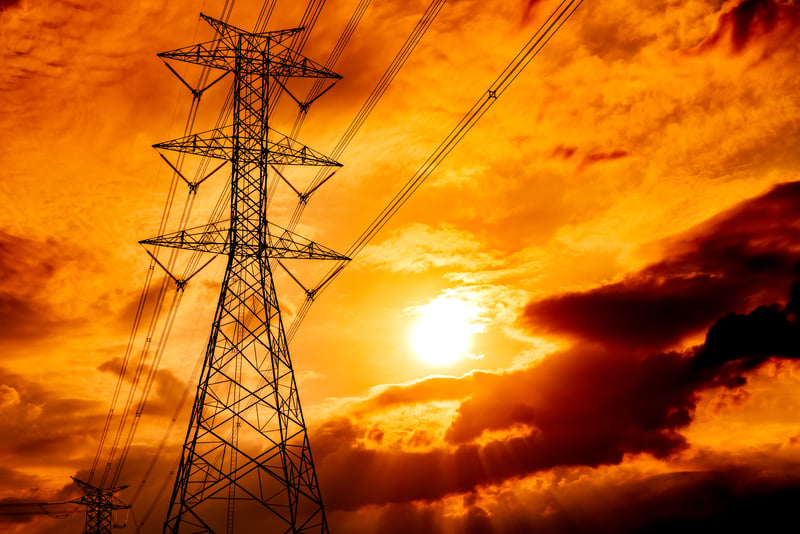TRENTON, N.J. — Governor Phil Murphy’s ambitious plan to make New Jersey the “California of the East” through a transition to clean energy is facing mounting challenges as electricity costs surge and key renewable projects stall. The New Jersey Board of Public Utilities (BPU) has approved rate increases of 17-20%, set to take effect this summer, adding to the financial strain on residents already facing high utility bills.
Murphy’s Energy Master Plan aimed to achieve 100% clean electricity by 2035, relying on offshore wind farms and a shift away from fossil fuels. However, several high-profile setbacks have slowed progress. Danish energy company Ørsted canceled two major wind farm projects in 2023, citing inflation and supply chain issues, and the Atlantic Shores project, a joint venture between Shell and EDF, has lost state funding, further delaying offshore wind development.
As a result, New Jersey has been forced to purchase more electricity from the regional grid, which relies heavily on fossil fuel-based power from neighboring states. This increased reliance on out-of-state energy has contributed to rising electricity prices, with the latest hike expected to add $15 to $20 to the average household’s monthly bill.
Murphy has also pushed for a ban on new gas-powered car sales by 2035, requiring a shift to electric vehicles. However, critics argue the state’s power infrastructure is not prepared for the increased demand. With wind projects stalled and no major new renewable capacity online, concerns are growing over how the grid will handle additional strain.
Murphy’s administration has defended its clean energy policies, saying the transition takes time and that global economic challenges have slowed progress. “We remain committed to achieving our environmental goals,” Murphy said in a recent statement, acknowledging “significant challenges” in the offshore wind industry.
With Murphy set to leave office in 2026, his clean energy vision remains largely unfulfilled. Residents, meanwhile, are facing higher costs and an uncertain energy future as the state struggles to balance its renewable ambitions with economic realities.
